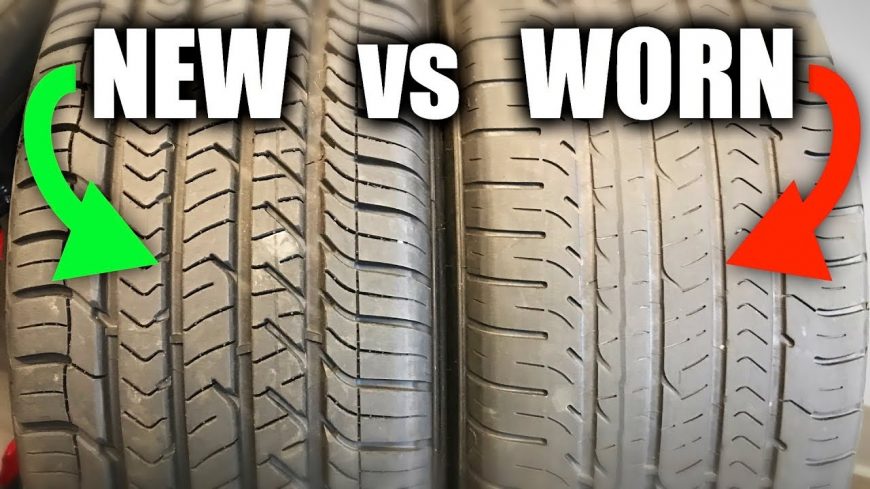New Tires vs Worn Tires – What Performs Best?

While often overlooked until they’ve failed, tires are one of the most important components on your vehicle. As the only thing part of your ride that actually makes contact with the road, they have the incredibly important duties of pushing your car forward when you accelerate, keeping the car in the road when you turn, and bringing you to a stop when you brake.
While most folks in our world are only concerned with how tires perform in dry conditions, because there are few races held in the rain, when it comes to daily use, wet performance has to be one of the top priorities in tire design. According to Michelin, drivers are as much as four times more likely to have a wreck in the rain due to the decreased traction, so their tires have to work as well as possible in wet conditions.
Jason from Engineering Explained has teamed up with Michelin to break down the ways the tire manufacturer is working to combat loss of traction the rain, and also looking at the differences in tire performance as the tires wear over their life. As you might imagine, as the tire tread wears thinner over time, the grooves used to channel the rain away have a harder time moving water out of the contact area, meaning the car is more likely to lose grip and even hydroplane, leaving the driver completely out of control of the vehicle for the most part.
As you will see in this video, Michelin incorporates several innovative design features that help combat this issue, which is just one of many reasons they have earned such a solid reputation for building tires that not only perform well – in wet and dry conditions – but are also comfortable and quiet.
Go ahead and hit that play button and take a ride with Jason and Michelin to learn about what steps are being taken to provide you with a safer and better-performing tire.

